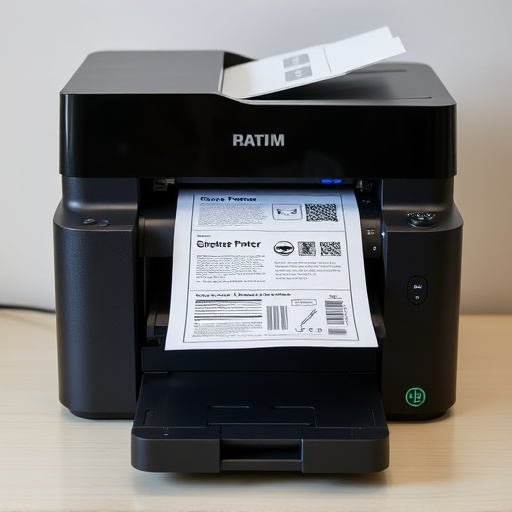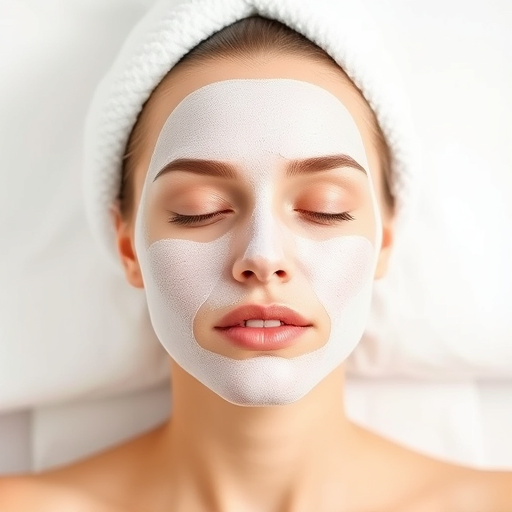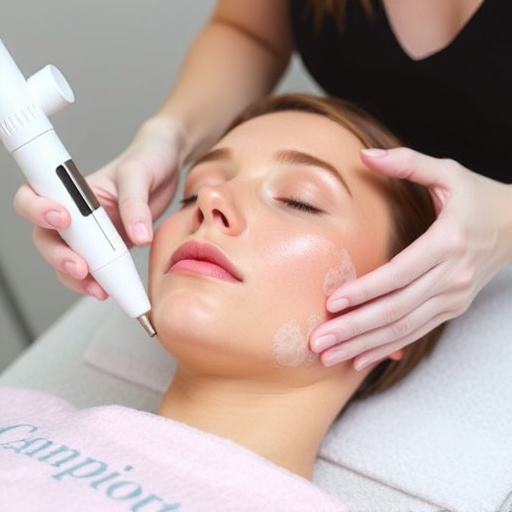A glycolic acid peel is a popular aesthetic treatment that exfoliates skin, unclogs pores, enhances hydration, and brightens tone. Benefits are most pronounced for normal to oily skin types but sensitive or dry skin should proceed with caution. Essential oils, vitamins, hyaluronic acid, and niacinamide combined with glycolic acid offer anti-inflammatory, antimicrobial, and collagen-stimulating effects, leaving skin looking rejuvenated and more youthful without invasiveness. Pairing this peel with specific topical products can significantly enhance exfoliation, rejuvenation, and anti-aging results.
“Unveil your skin’s radiance with a powerful ally—the glycolic acid peel. This innovative skincare treatment has taken the beauty world by storm, offering profound benefits for various skin types. From reducing fine lines and unclogging pores to revealing brighter, smoother skin, it’s a game-changer.
In this comprehensive guide, we’ll explore the art of enhancing your glycolic acid peel experience. We’ll delve into essential oils and nutrients that synergistically work with this acid, ensuring optimal results. Get ready to discover the perfect ingredients to pair, taking your skincare routine to the next level.”
- Understanding Glycolic Acid Peel: Benefits and Skin Type Suitability
- Essential Oils and Nutrients to Enhance Your Peeling Routine
- Topical Products and Their Synergistic Effects with Glycolic Acid Peel
Understanding Glycolic Acid Peel: Benefits and Skin Type Suitability
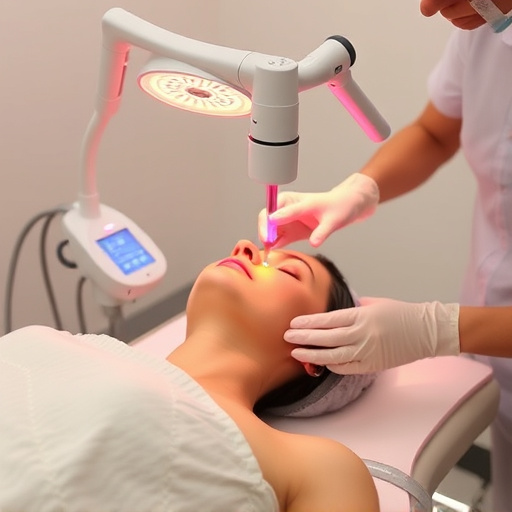
A glycolic acid peel is a popular choice among aesthetic treatments, offering multiple benefits for skin health and appearance. This chemical peel works by gently exfoliating the top layer of the skin, removing dead skin cells and unclogging pores. As a result, it leaves the skin smoother, brighter, and more even-toned. Glycolic acid is a form of alpha hydroxy acid (AHA), known for its humectant properties that attract moisture to the skin, enhancing hydration levels.
The suitability of a glycolic acid peel depends on your skin type. Those with normal to oily skin often benefit most from this treatment as it can help reduce the appearance of pores and minimize excess oil production. However, individuals with sensitive or dry skin should proceed with caution, as the peeling process may exacerbate existing conditions. Consulting with a dermatologist is essential to determine if a glycolic acid peel is the right choice for your specific skin health needs.
Essential Oils and Nutrients to Enhance Your Peeling Routine
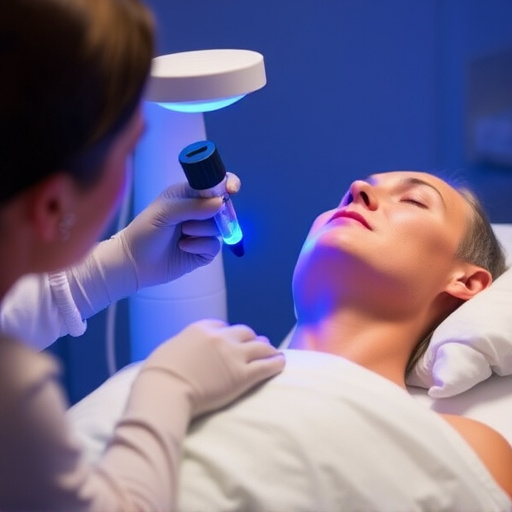
Incorporating essential oils and nutrients into your skincare routine can significantly enhance the benefits of a glycolic acid peel, promoting deeper skin rejuvenation and enhancing its overall effectiveness. Essential oils like lavender, tea tree, and rosemary not only have aromatic properties but also offer anti-inflammatory and antimicrobial effects, helping to soothe irritated skin after a chemical peel. These oils can contribute to wrinkle reduction by stimulating collagen production and improving skin elasticity.
Additionally, integrating nutrients such as vitamins C and E, hyaluronic acid, and niacinamide into your post-peel care regimen can provide extra moisture, support cellular repair, and further optimize the results of your glycolic acid peel session. These ingredients work synergistically to enhance skin hydration, minimize redness, and leave your skin looking radiant and rejuvenated, achieving a more youthful appearance through effective chemical peels.
Topical Products and Their Synergistic Effects with Glycolic Acid Peel
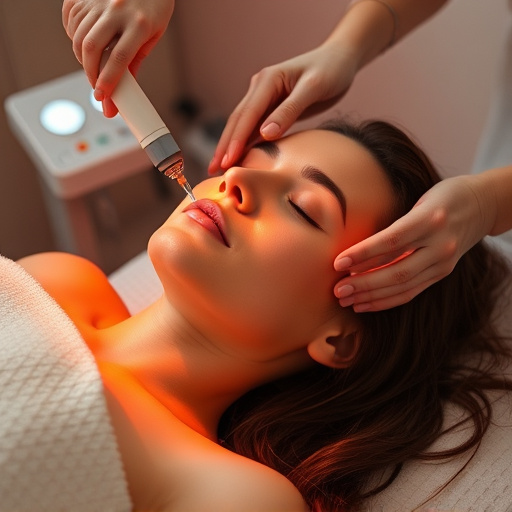
When it comes to enhancing the effects of a glycolic acid peel, pairing it with the right topical products can be a game-changer in your skincare routine. These synergistic combinations offer powerful non-surgical treatments that cater to various skin concerns, from exfoliation to rejuvenation and anti aging treatments.
Topical creams or serums containing ingredients like hyaluronic acid, niacinamide, or retinol can greatly benefit from glycolic acid peel integration. Hyaluronic acid, for instance, hydrates the skin, ensuring the peeling process is gentle and effective. Niacinamide provides added brightness and even tones while strengthening the skin barrier. Retinol, a derivative of vitamin A, is renowned for its anti aging properties, encouraging cell turnover and reducing fine lines and wrinkles. Together, these ingredients create an aesthetic treatment experience that delivers remarkable results, making glycolic acid peel a popular choice among those seeking advanced skincare solutions without invasive procedures.
A glycolic acid peel, when combined with the right ingredients, can offer significant benefits for various skin types. By understanding the peel’s advantages and selecting synergistic products, such as essential oils and topical creams, you can enhance your skincare routine. These pairings can leave your skin feeling refreshed, smoother, and more radiant. Remember, a well-curated combination is key to achieving optimal results from your glycolic acid peel treatment.







